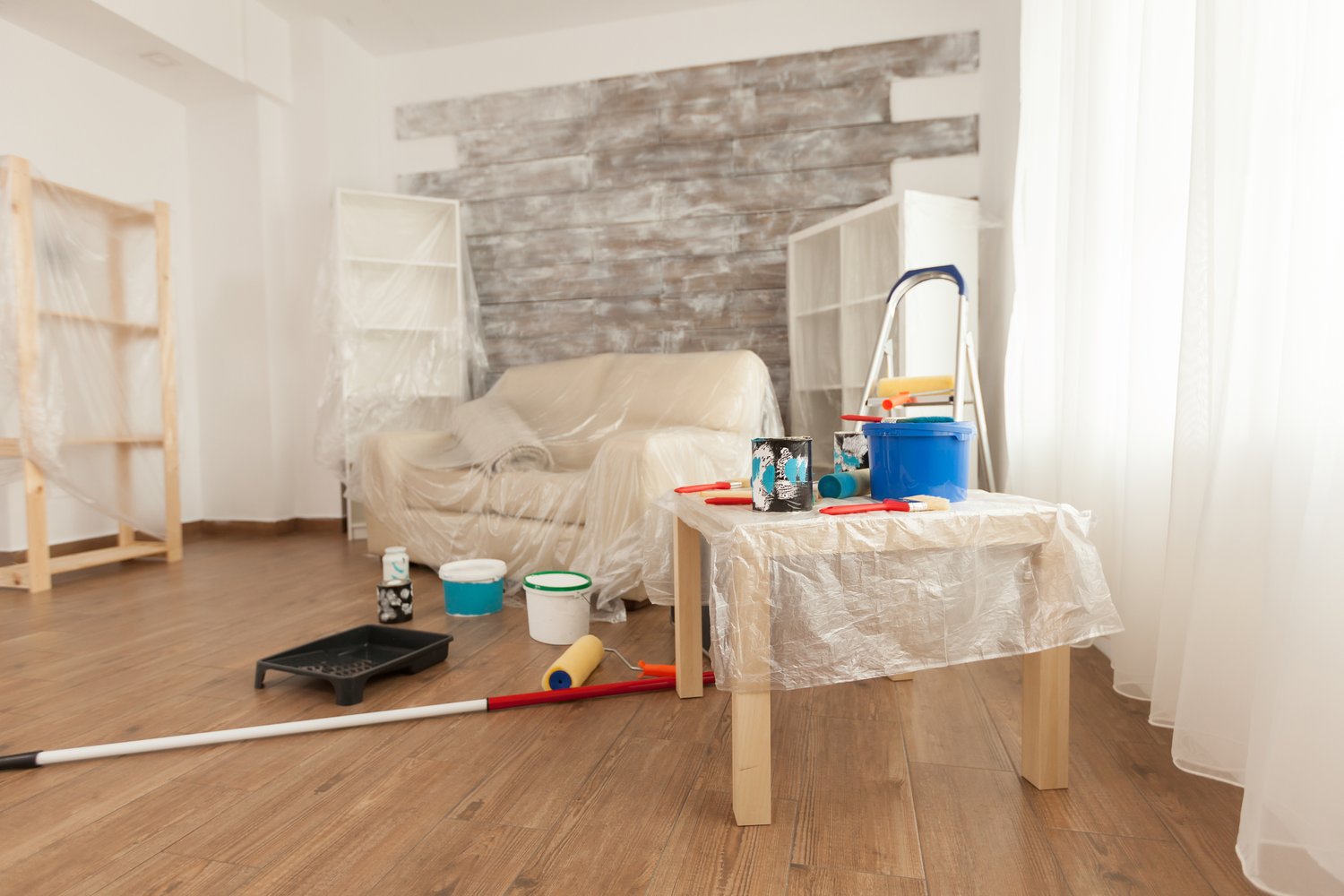Gone are the days of playing it safe with neutral, monochromatic tile designs. Today’s interior design landscape celebrates boldness, personality, and artistic expression through the strategic use of patterned and geometric tiles. Whether you’re renovating a bathroom, kitchen, entryway, or laundry room, incorporating statement tiles can transform an ordinary space into a visual masterpiece that reflects your unique style. This article explores how you can use patterned and geometric tiles to create stunning feature walls and floors that serve as the focal point of any room.
The Renaissance of Bold Floor Design
The resurgence of patterned tile floor ideas represents a significant shift away from minimalist design principles that dominated recent decades. Homeowners are increasingly drawn to floors that tell a story and add character to their spaces. Bold floor design choices using geometric or patterned tiles can anchor a room and set the tone for the entire space. From vintage-inspired encaustic cement tiles to modern geometric patterns, these statement floors create a foundation that simultaneously grounds and elevates your interior design.
When selecting patterned tiles for floors, consider the scale of your space. Larger rooms can handle bigger, more dramatic patterns, while smaller areas might benefit from more delicate, smaller-scale designs that won’t overwhelm the space. The color palette also plays a crucial role—vibrant, contrasting colors create a more dramatic statement, while subtle, tonal variations offer sophistication with a more understated presence.
Creating Impact with Feature Wall Tiles
While floors often receive the most attention, feature wall tiles are equally powerful in transforming a space. A statement tile bathroom can be achieved by focusing your design energy on a single wall—perhaps behind the vanity or in the shower area. This approach allows you to introduce bold patterns without overwhelming the entire room, creating a perfect balance between visual interest and restful space.
Feature wall tiles work particularly well in bathrooms where moisture resistance is essential, but they can also make a striking impression in entryways, laundry rooms, and hallways. The vertical surface draws the eye upward, creating the illusion of height and spaciousness. When selecting tiles for a feature wall, consider how light interacts with the surface—three-dimensional tiles or those with metallic elements can create fascinating shadow play and reflection as natural light shifts throughout the day.
Geometric Tile Backsplash Kitchen Innovations
The kitchen offers fertile ground for creative tile applications, particularly in the backsplash area. A geometric tile backsplash kitchen design creates a functional yet artistic focal point in this heavily used space. Geometric patterns—from simple hexagons to complex Moroccan-inspired designs—can complement both traditional and contemporary kitchen styles when selected thoughtfully.
The backsplash serves as a natural canvas for expression, positioned between countertops and cabinets where it’s highly visible yet protected from heavy wear. When planning a geometric backsplash, consider how the pattern will interact with your cabinet style, countertop material, and overall kitchen color scheme. Even a relatively small backsplash area can make an outsized design impact when executed with intention. For visualization assistance, tools like AskHomey can help you envision how different tile patterns might look in your specific kitchen layout before committing to a design.
Harmonizing Statement Tiles with Your Overall Design
While statement tile bathroom designs and bold patterned floors certainly create visual impact, the most successful applications integrate seamlessly with the overall design scheme. Consider your statement tiles as a design anchor rather than an isolated feature. Color is your most powerful tool for creating cohesion—pull accent colors from your tile pattern into textiles, artwork, or accessories throughout the space.
Another approach is to use statement tiles as a counterpoint to otherwise simple design elements. For example, pair a boldly patterned floor with clean, minimalist fixtures and neutral walls, allowing the floor to take center stage. Conversely, a geometric tile backsplash kitchen installation might be balanced with simple cabinet fronts and unadorned countertops. This push-and-pull between statement pieces and quieter elements creates a sophisticated, intentional design that avoids feeling chaotic or overwhelming.
Practical Considerations for Long-Term Satisfaction
While aesthetic appeal drives most tile selection decisions, practical considerations ensure long-term satisfaction with your bold design choices. Consider the maintenance requirements of your chosen tiles—heavily textured tiles might trap dust and dirt, while high-gloss surfaces show water spots more readily. For high-traffic areas like entryways, porcelain tiles with printed patterns offer greater durability than cement tiles, which may be better suited to lower-traffic spaces like guest bathrooms.
Also consider the timelessness of your pattern—while design should express current preferences, extremely trendy patterns might feel dated more quickly. Geometric patterns with historical precedent (like traditional Moroccan, Spanish, or Portuguese designs) have proven their staying power over centuries and may offer more longevity than of-the-moment trends.
For more tips and to connect with reliable home service professionals, follow AskHomey on Facebook and Instagram.



